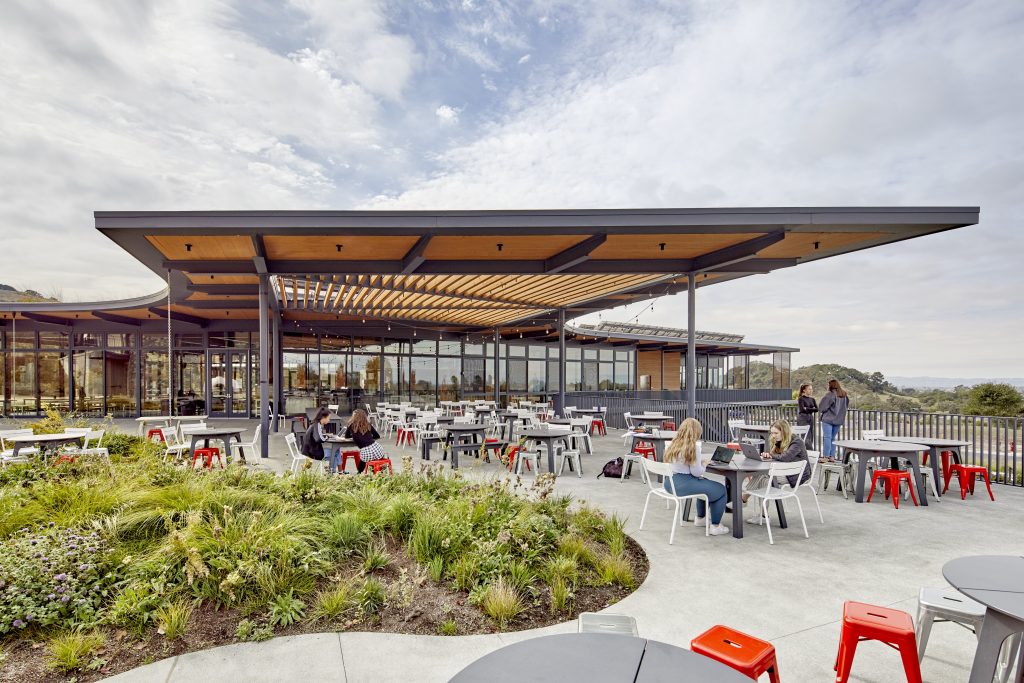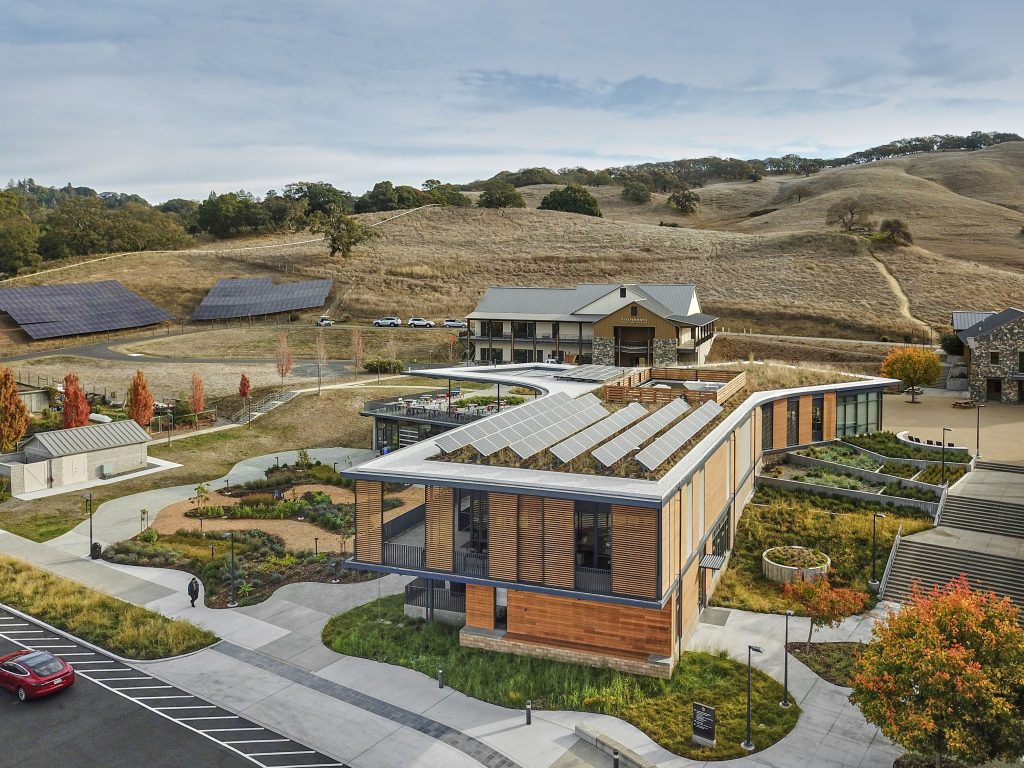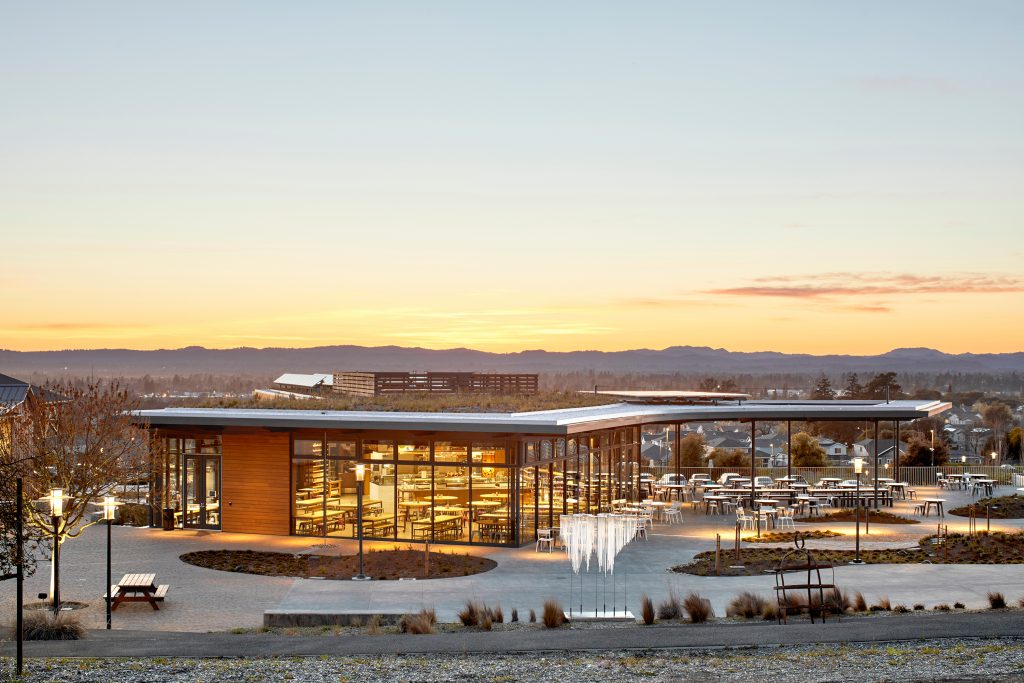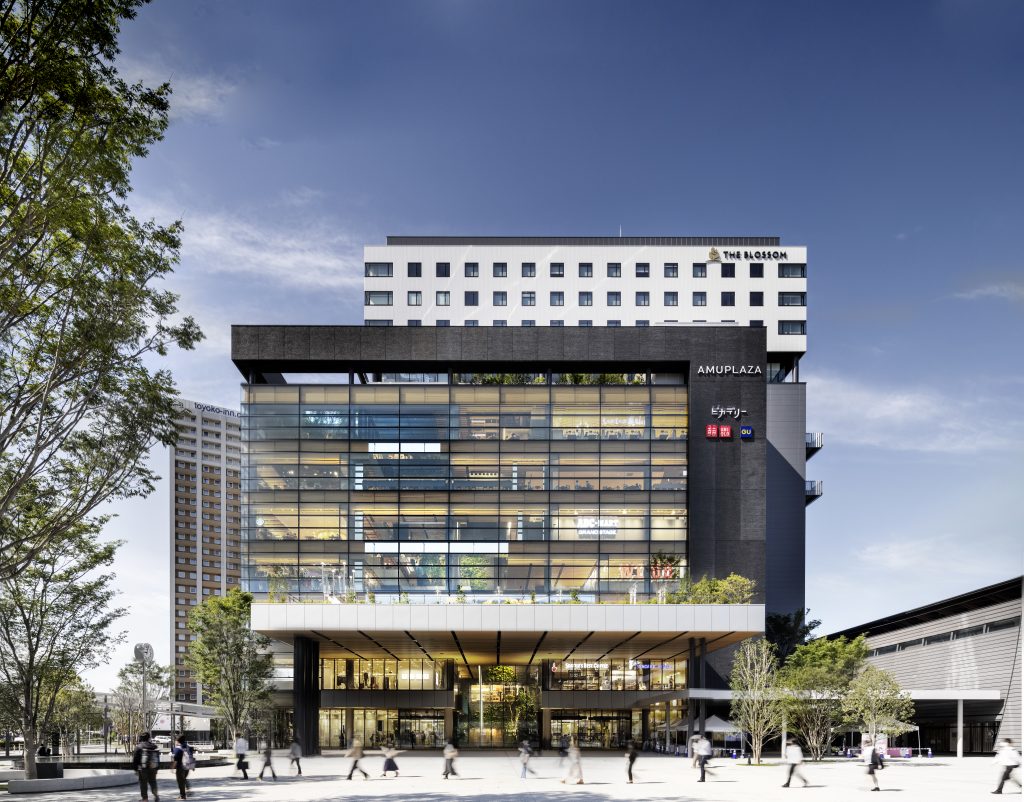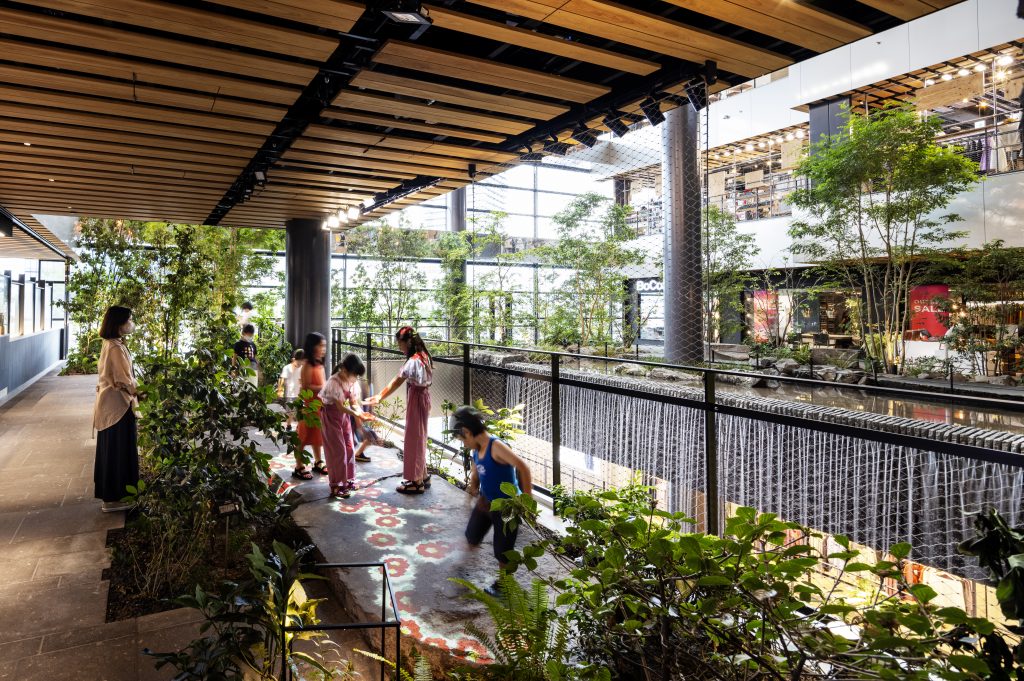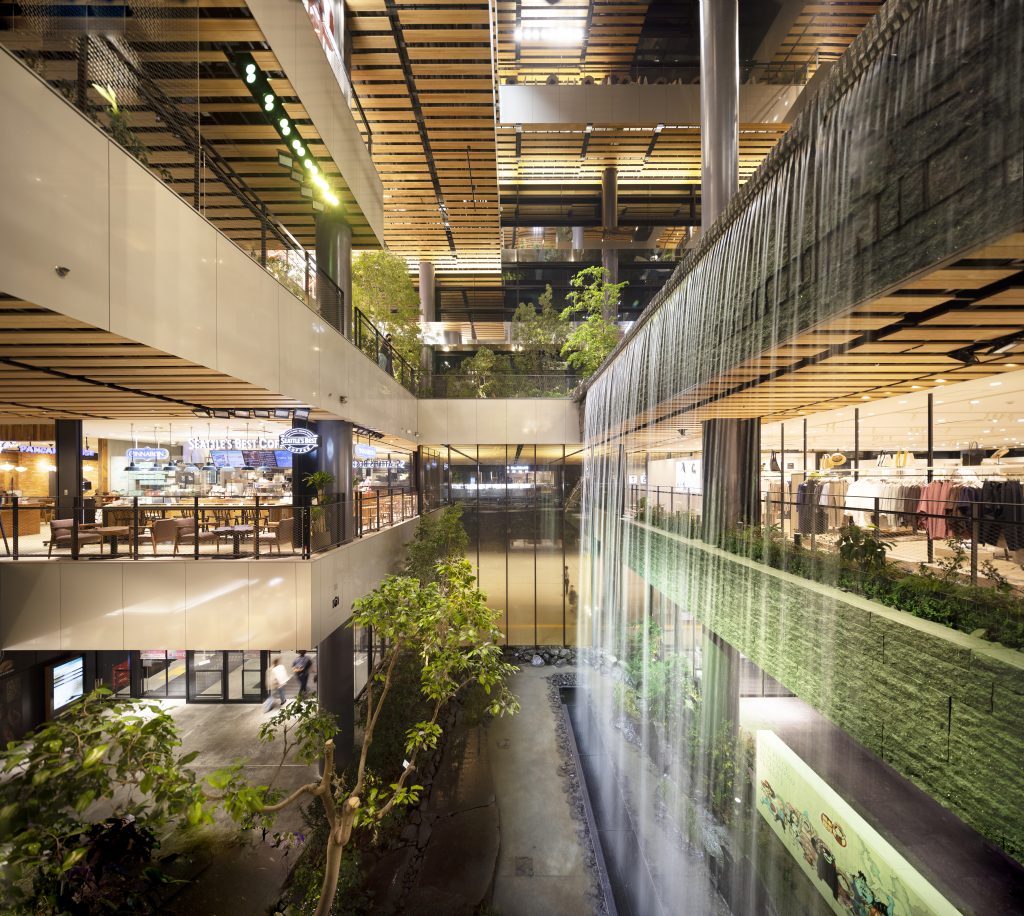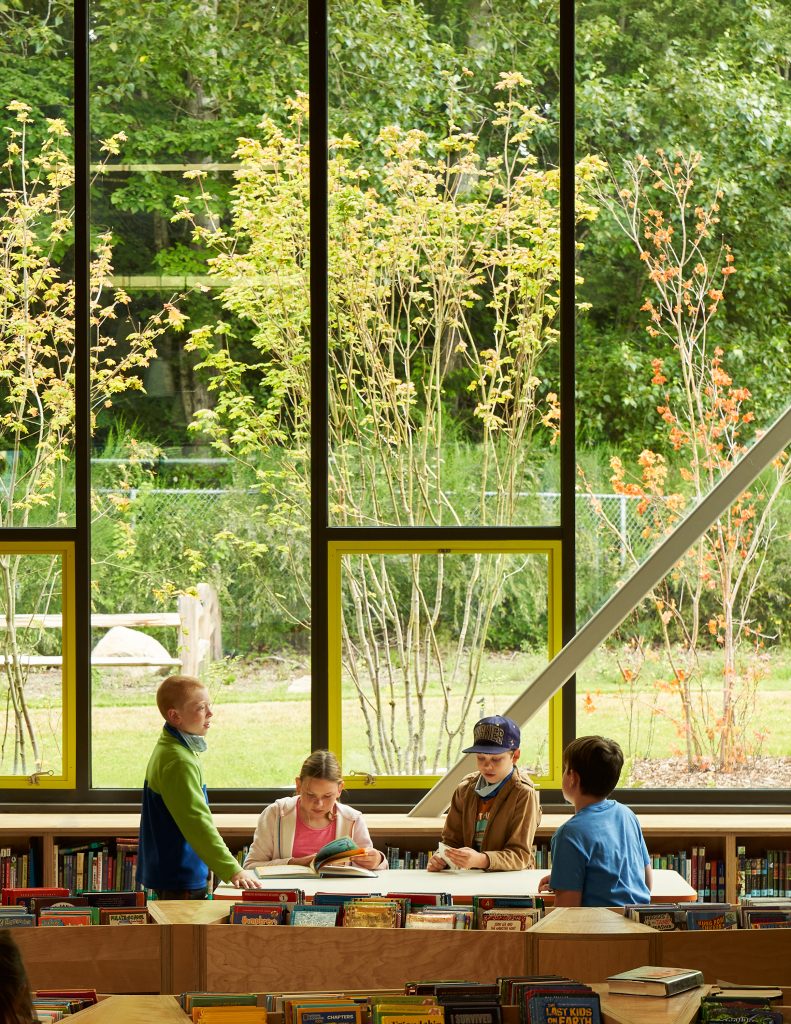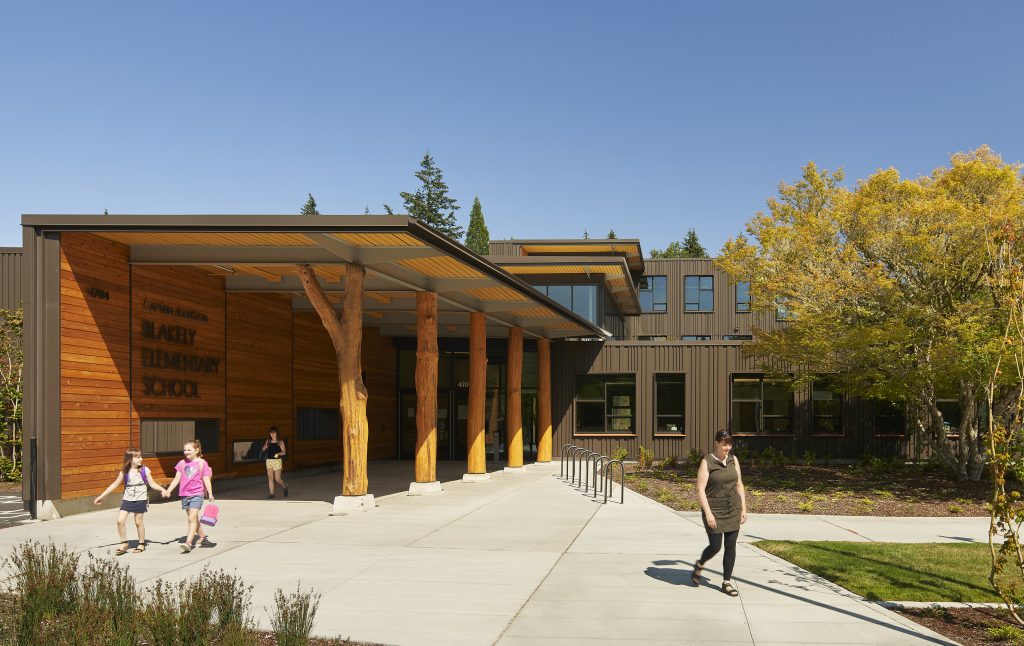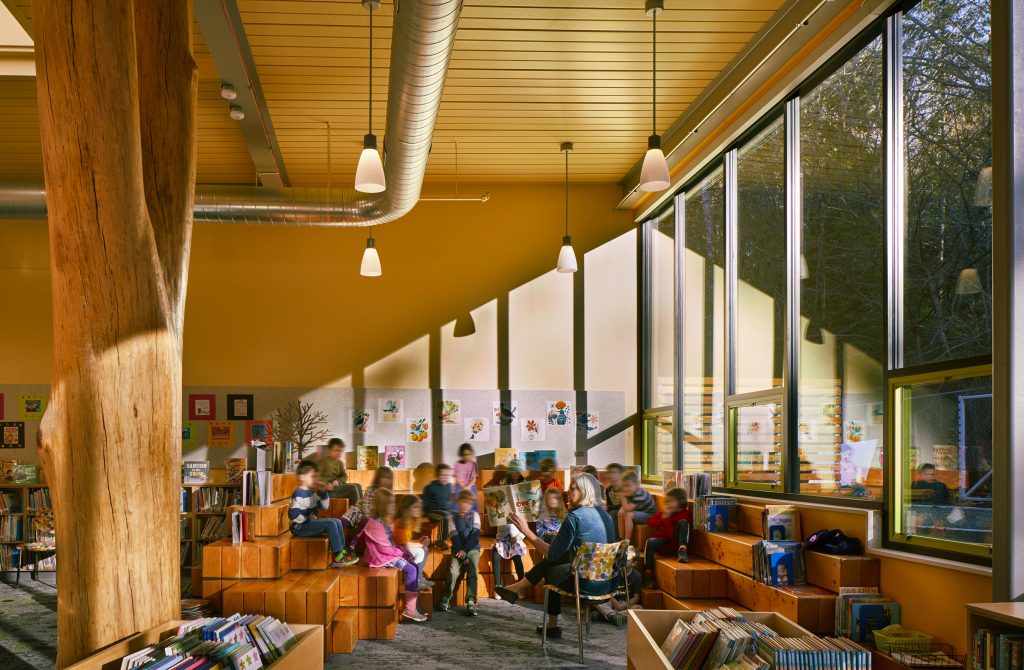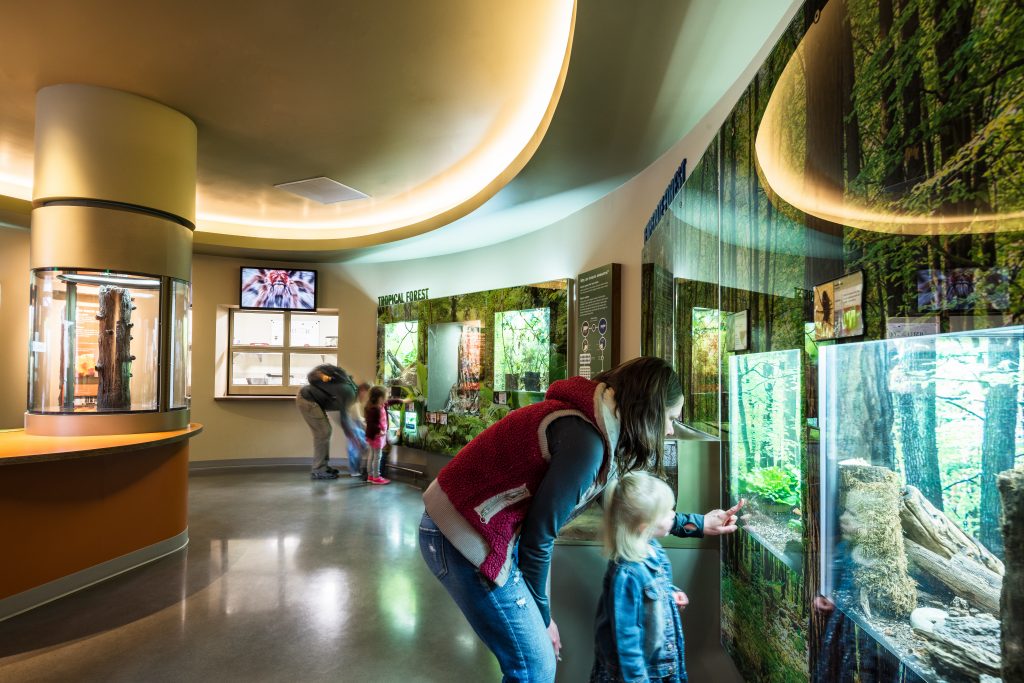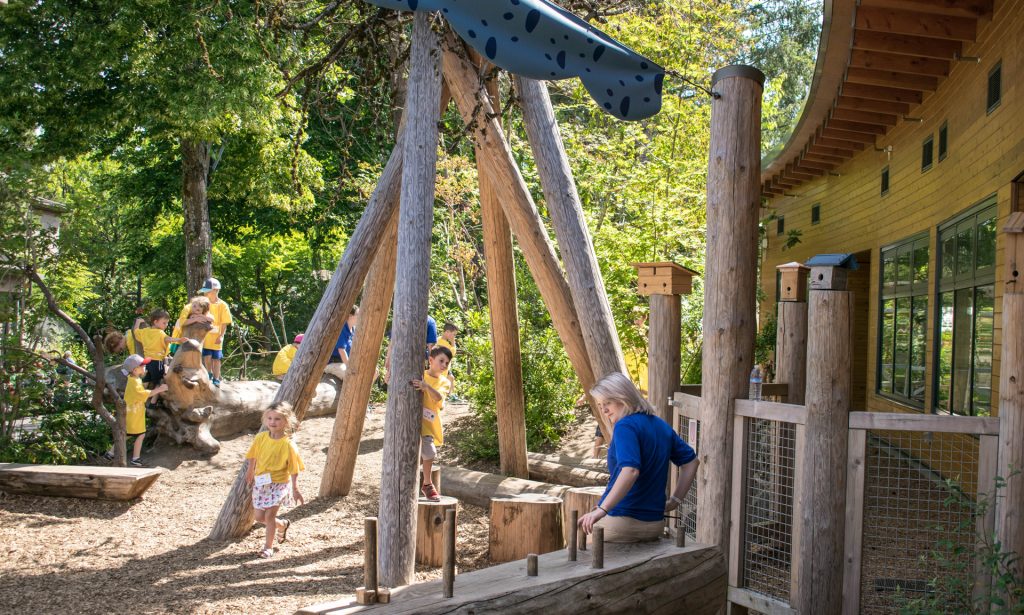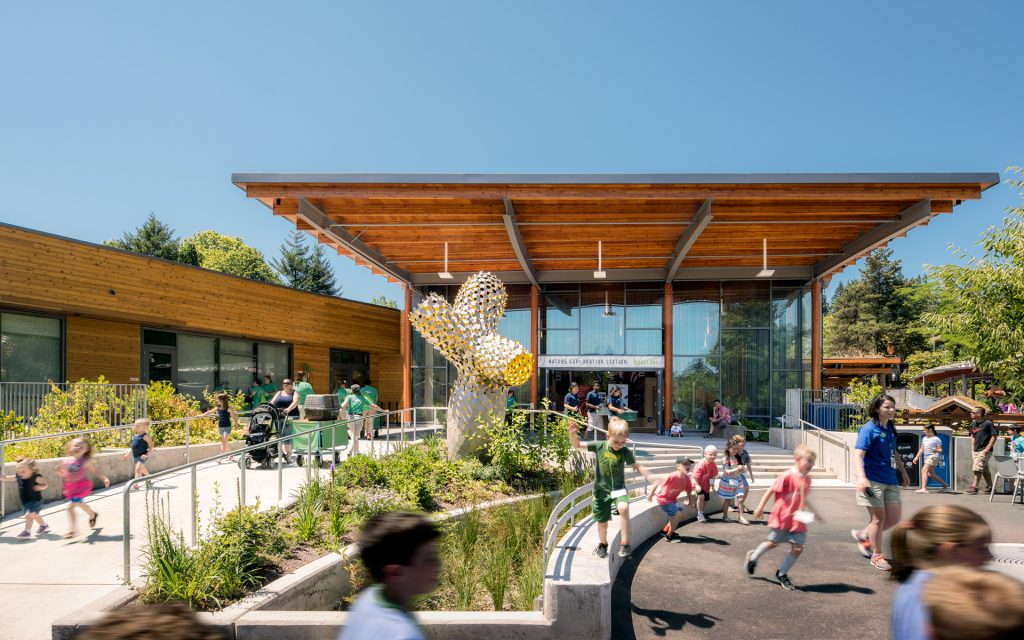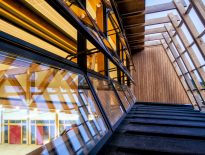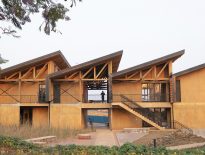Announcing the 2022 Stephen R. Kellert Biophilic Design Award Finalists
Since 2017, the Stephen R. Kellert Biophilic Design Award has honored the legacy of the late Stephen R. Kellert, whose work and passion for biophilic design helped surface the critical connections between the biophilia hypothesis and the built environment. Over the past five years, award recipients and finalists have become an exemplary collection of interiors, buildings, and communities that have inspired the regenerative design community.
These exemplars show what is possible when we design with nature, and what good can really look like. By recognizing these projects, the award helps to carry forward Kellert’s call to action for biophilic design as a birthright of all people, everywhere.These buildings couldn’t exist anywhere else; they are unique to their place. We hope these projects inspire teams to always ask the question: How might we connect with nature here?
This year, the jury selected four finalists, with the award recipient results to be announced at the Living Future Conference 2022. The 2022 Stephen R. Kellert Award Finalists are:
Sonoma Academy
- Location | Santa Rosa, CA USA
- Owner | Sonoma Academy
- Architect | WRNS Studio
- Engineer | Interface Engineering
- Landscape | RHAA Landscape Architects
- Civil | Sherwood Design Engineers
- Structural | Mar Structural Design
- Green Roof | Rana Creek
Focused on connecting students to nature by creating a sense of place that optimizes physical and psychological wellbeing, the project used the 14 Patterns of Biophilic Design, with special emphasis on environmental features, light and space, place-based relationships, evolved human-nature relationships, and natural shapes and forms.
Sited at the base of Taylor Mountain with panoramas of Sonoma Valley, this Y-shaped building stretches to the horizon and integrates back into the land. Designed around a series of outdoor experiences, two sweeping floors sheathed with an operable, transparent skin, and a lattice of wooden slats, blur the lines between indoors and out. At the project’s heart is a central courtyard that invites students to wander in and out. Visible from both levels, the quad is connected by meandering pathways, smaller gardens that flow around terraced learning environments, a living roof, and cascading planters that capture and filter stormwater for reuse.
Inside, comfortable, flexible learning environments are sunlit, take advantage of mountain breezes, and are constructed with locally-resourced materials. Every aspect of the project is an opportunity to advance better understanding of the region and educate the broader community on becoming stronger stewards of our earth.
JR Kumamoto Railway Station Building
- Location | Kumamoto, Japan
- Owner | Kyushu Railway Company
- Architect | Nikken Sekkei Ltd.
- Interior | Nomura Co., Ltd.
- Landscape | Nikken Sekkei Ltd
This project is a commercial complex located in front of Kumamoto Station, the gateway to Kumamoto. The development includes retail, hotels, offices and residences. This project, as a key facility to development around the Kumamoto station core, is intended to be a symbol of recovery from the large-scale earthquake that hit Kumamoto in 2016, and to bring in new energy and vitality to the area. The centerpiece of the commercial facility is a “vertical landscape of water and greenery” that symbolizes the nature of Kumamoto.
The challenge in introducing biophilic design into the heart of a city is to create a design that allows people to enjoy a very real experience with nature while moving about their busy lives traveling, shopping, working or just being in the city. To overcome this challenge, the biophilic elements in this project were designed in a way that is an honest representation of the natural environment of their native location, the Aso region of Japan, and to be placed up close and personal, so that people can get the natural health benefits both consciously and unconsciously.
Blakely Elementary School
- Location | Bainbridge Island, WA USA
- Owner | Bainbridge Island School District
- Architect | Mithun
- Engineer | Arup
- Structural | PCS Structural Solutions
On an island close to Seattle, Bainbridge Island School District sought to replace an austere 1960s building with a new K-4 elementary school that would support innovative learning with a connection to nature, the island geology and their community. The site is surrounded on three sides by the forested lands of an environmental learning center and is bisected by a 14-foot grade change. Construction phasing required that the new structure span this hill, inspiring a design that celebrates the forest and climbs up the ridge. The multi-layered biophilic design and landscape response is unique in the public school context.
Located on the ancestral lands of the Suquamish Tribe, the glacially carved property is close to the site of the historic Port Blakely Lumber Mill and the rural south end of Bainbridge Island. Biophilic elements include place based relationships, environmental features such as water and vegetation, creative use of light and space, and natural shapes and forms featured in abundance throughout the experience of the space.
Oregon Zoo Education Center
- Location | Portland, OR USA
- Owner | Metro
- Architect | Opsis Architecture
- Engineer | Catena Consulting Engineers
- Engineer | PAE
- Landscape | Jones & Jones
With more than 1.7 million visitors per year, the Oregon Zoo Education Center has a profound influence on community conversations about our impact on the natural world. The project’s goal was to connect those visiting the zoo to the natural world around them; nature that many pass, by but never engage with. Through collaborative workshops with more than 20 community partners (institutions, governments and non-profits), the theme of ‘Small Things Matter’ emerged to emphasize the role we all play in achieving sustainability and resilience–both in the smallest parts of our ecosystem and the smallest actions we as humans take every day.
The building hugs the central plaza, and learning landscapes exist throughout. Inspired by the unique spiral patterns prevalent in natural systems, two curved roofs welcome visitors to the plaza. The spiral shape is one of the unique forms of nature that beautifully describes growth- the basis of all life. Sustainable elements, including solar panels, native plants, bird-safe windows, and rain gardens, are designed to educate the public. The Center has earned LEED Platinum certification and an AIA COTE Top 10 award.
Ready to learn more about biophilic design? Explore ILFI’s online courses on biophilic design.
Thanks to our Sponsors, Mecho and Glumac:


